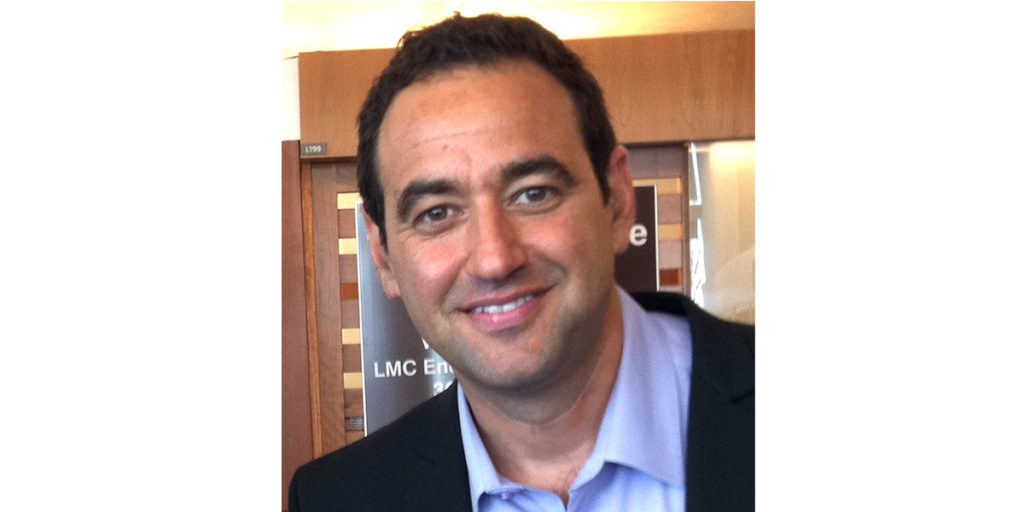CV
Amir Amedi is the Director of The Center for Brain imaging, Rehab and Augmentation of the SENSES. He is a Professor at the Department of Medical Neurobiology at the Hebrew University, PhD in Computational Neuroscience (ICNC, Hebrew University) and Postdoctoral and Instructor of Neurology (Harvard Medical School). He is recipient of The Krill Prize for Excellence in Scientific Research, the Wolf Foundation (2011), the international Human Frontiers Science Program Organization Career Development award (2009), the JSMF Scholar Award in Understanding Human Cognition (2011). He received 2 consecutive ERC grants (www.BrainVisionRehab.com 2013-2018; NovelExperieSENSE 2018-2023). He is an internationally acclaimed brain scientist with 15 years of experience in the field of brain neuroplasticity and multisensory integration. In 2019 he officially founded www.ReNewSenses.com where he is engaged in developing novel Sensory substitution Device and AI algorithms to help the visually and hearing impaired.
ABSTRACT
Neuroplasticidad a lo largo de la vida: cómo la evolución, la tecnología y las experiencias de vida dan forma al sistema visual.
Running title: Nature vs. Nurture factors in shaping up brain specializations in the visual and auditory cortex
Abstract: (“The best technologies make the invisible visible.” -Beau Lotto).
My lab studies the principles driving specializations in the human brain and their dependence on specific experiences during development (i.e. critical/sensitive periods) versus learning in the adult brain. I will cover the work done under our www.BrainVisionRehab ERC project which focuses on studying Nature vs. Nurture factors in shaping up category selectivity in the human brain. A key part of the project involves the use of Sensory-Substitution-Devices (SSD). I will focus on work with the EyeMusic algorithm developed in my lab which convert invisible visual input to blind using music and sound. In the second part of the talk I will cover speech to touch sensory substitution approach which improve performace of hearing impaired in noisy environments. From basic science perspective the most intriguing results came from studying blind without any visual experience using SSDs to understand online visual feed arriving from a video camera. Specifically, I will discuss work aiming at unraveling the properties driving the sensory brain organization and at uncovering the extent to which specific unisensory experiences during critical periods are essential for the development of the natural sensory specializations. Our work focused on two fundamental discoveries: 1- Using the congenitally blind adult brain as a working model of a brain developing without any visual experience, we documented that essentially most if not all higher-order ‘visual’ cortices can maintain their anatomically consistent category-selectivity (e.g., for body shapes, letters, numbers and even faces) even if the input is provided by an atypical sensory modality learned in adulthood. We also found that such task-specific sensory-independent specializations can emerge as fast as after a few hours of training. Our work strongly encourages a paradigm shift in the conceptualization of our sensory brain by suggesting that visual experience during critical periods is not necessary to develop anatomically consistent specializations in higher-order ‘visual’ or ‘auditory’ regions. This also have implications to rehabilitation by suggesting that multisensory rather than unisensory training might be more effective. I will also discuss initial results from our new ERC ExperieSense project which focuses on studying Nature vs. Nurture factors in shaping topographical maps in the brain. In this project we focus on transmitting invisible topographical information to individuals with sensory deprivation but also augmented topographical information to normally sighted by using similar training and SSD protocols to couple it with input from ‘invisible’ sensors (like infrared or ultrasound images) and testing whether novel topographical representations can emerge in the adult brain to input that was never experienced during development (or evolution). To summarize our work strongly encourages a paradigm shift in the conceptualization of our sensory brain by suggesting that visual experience during critical periods is not necessary to develop anatomically consistent specializations in higher-order ‘visual’ or ‘auditory’ regions. Thus, we suggest to replace the concept of critical periods with the concept of reversible plasticity gradient.
(See also Amedi et al. Task Selectivity as a Comprehensive Principle for Brain Organization. Trends in Cognitive Sciences 2017).

